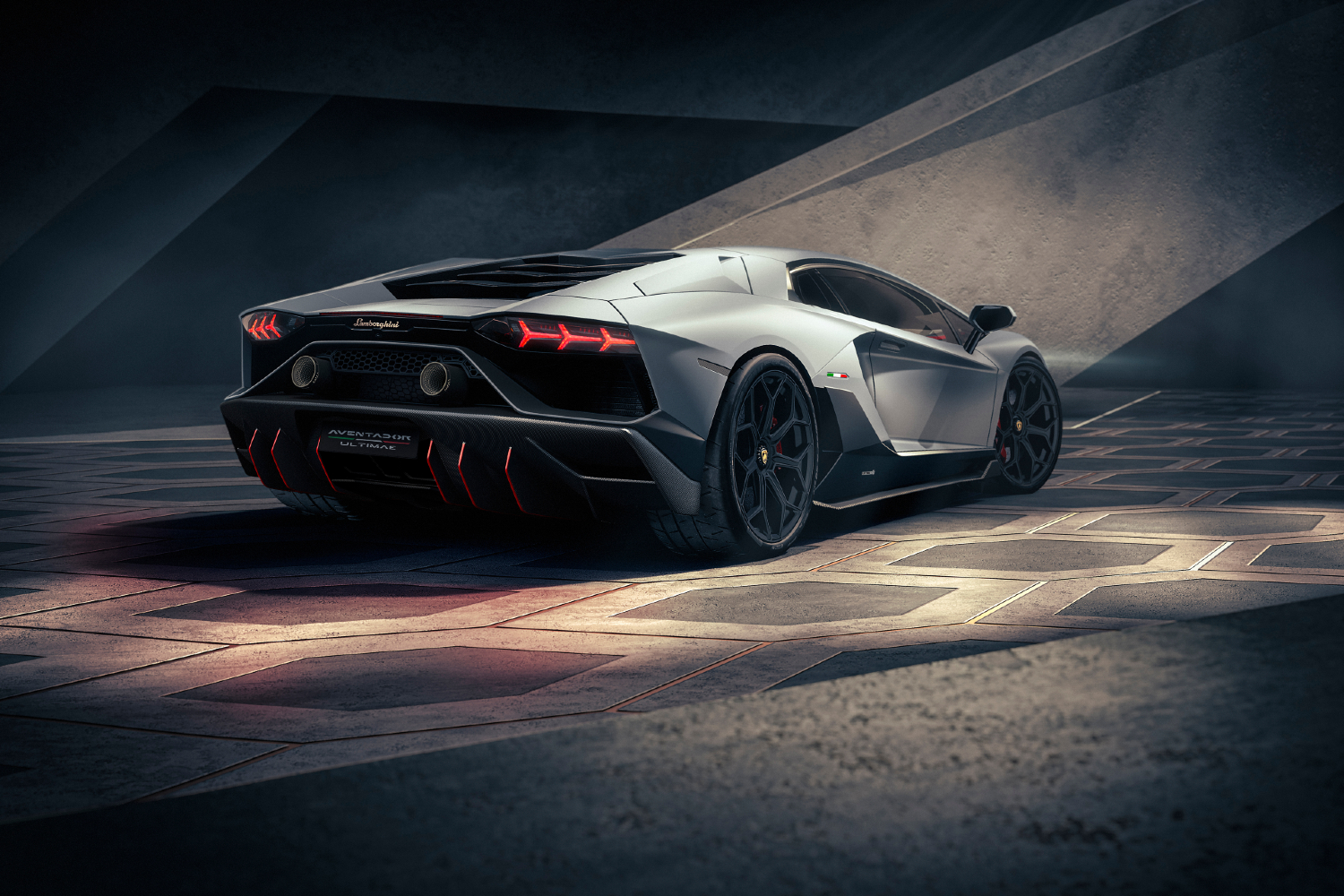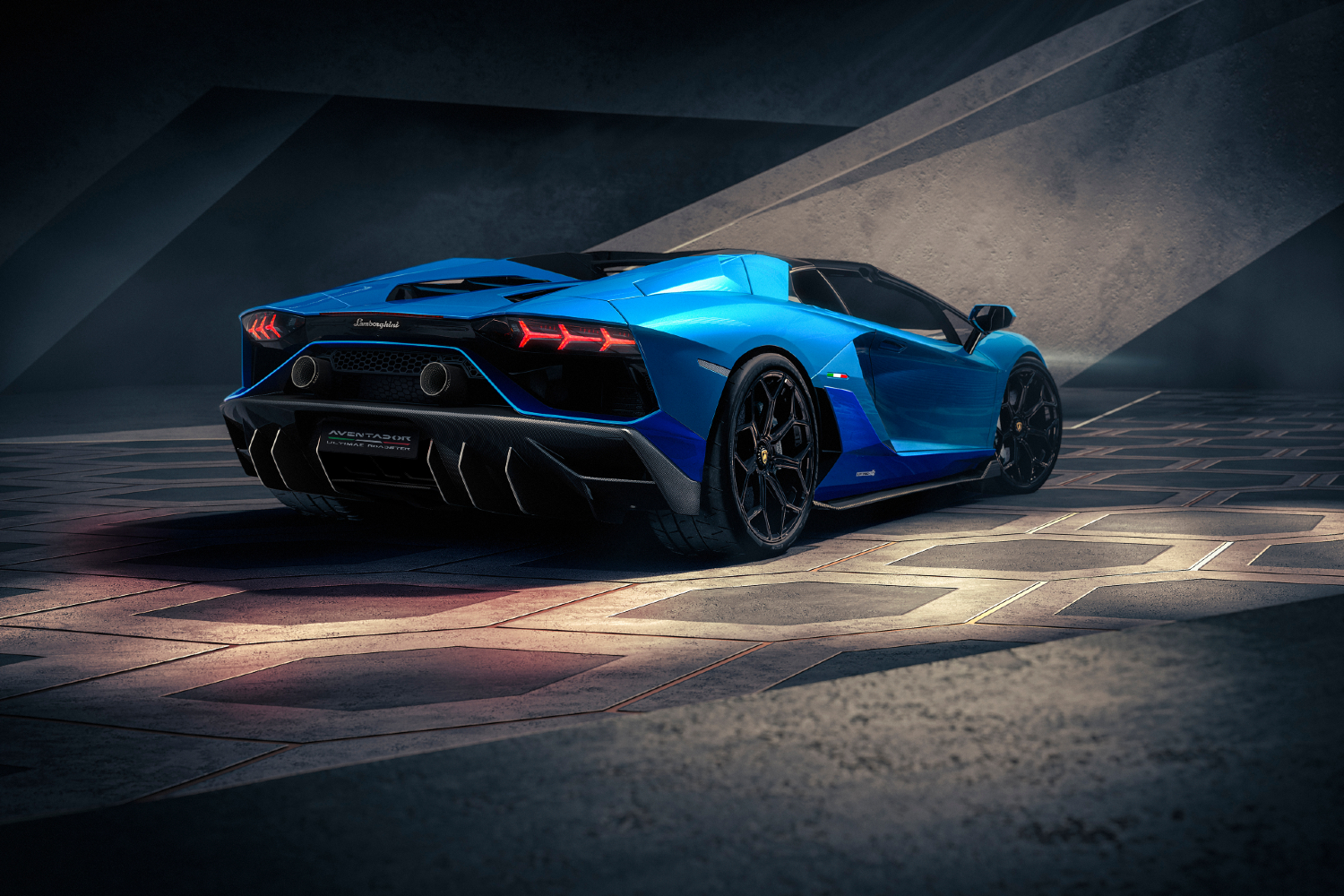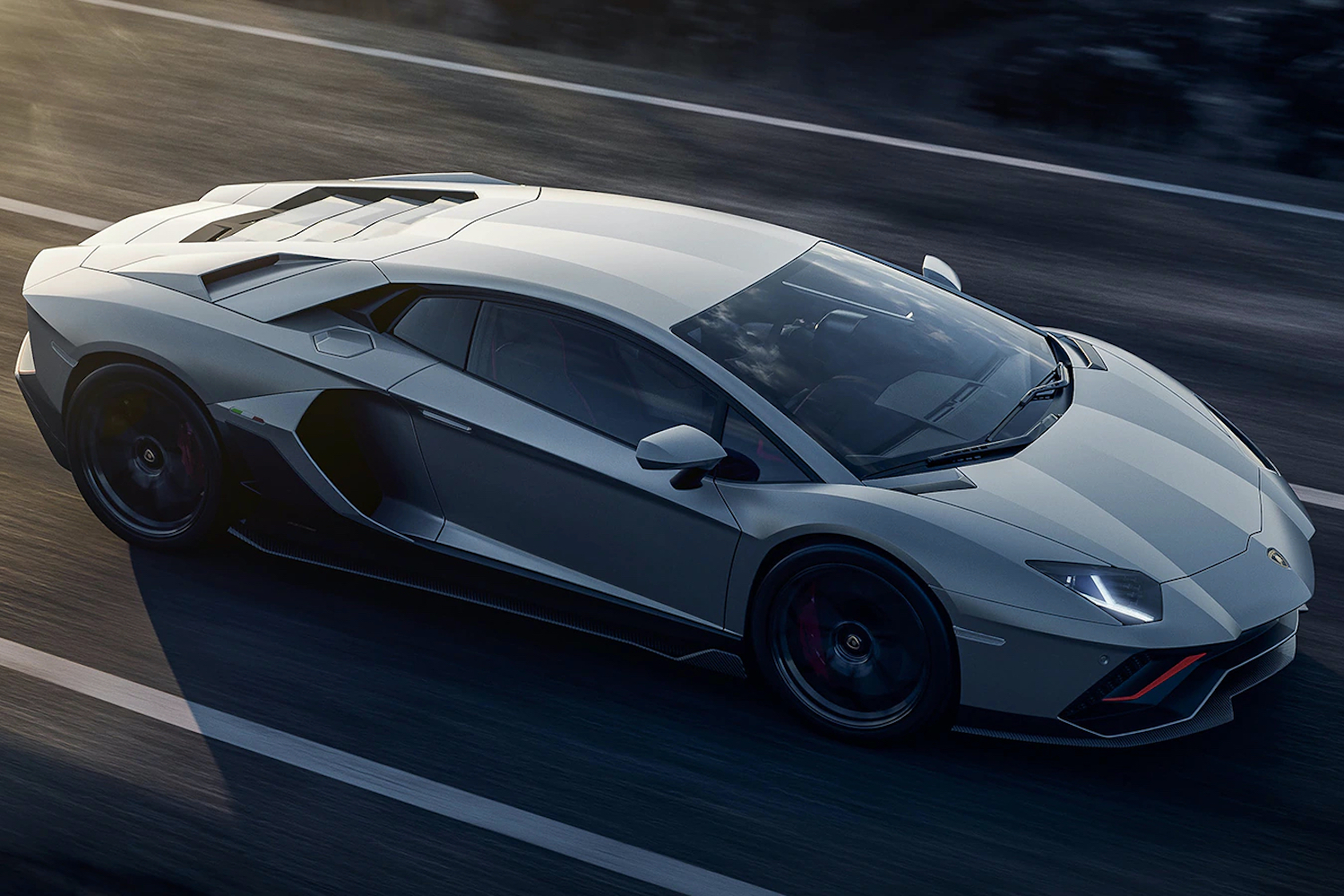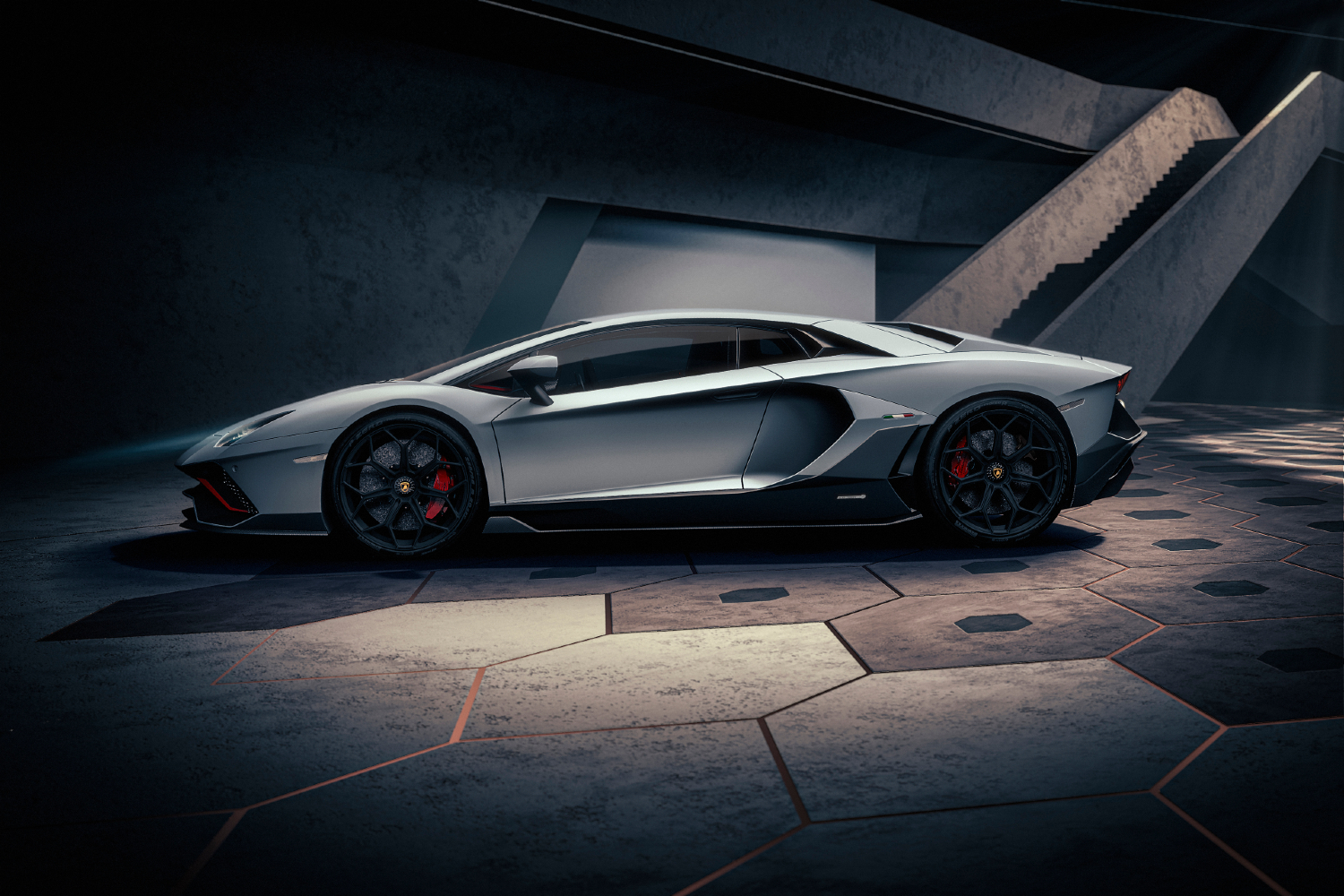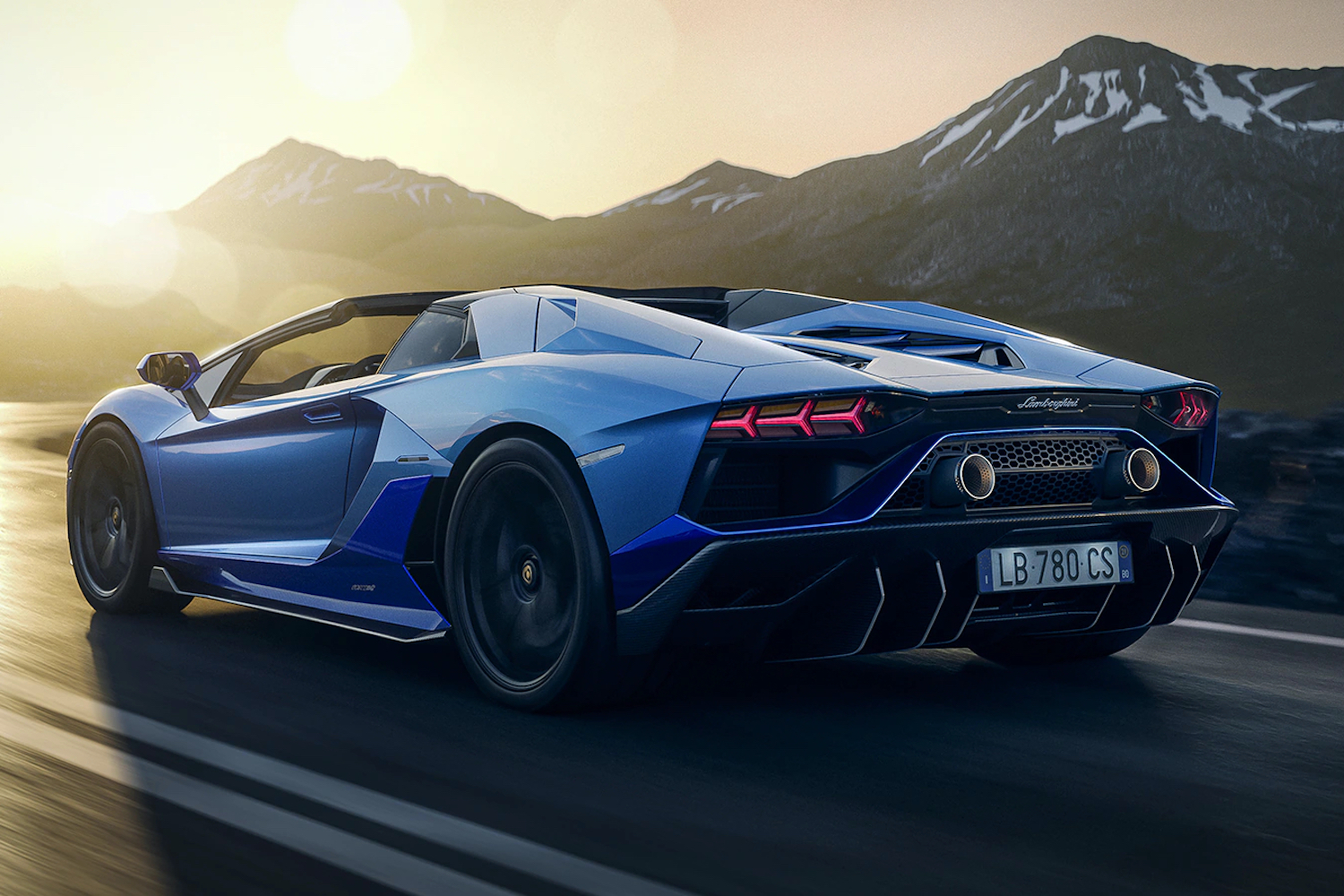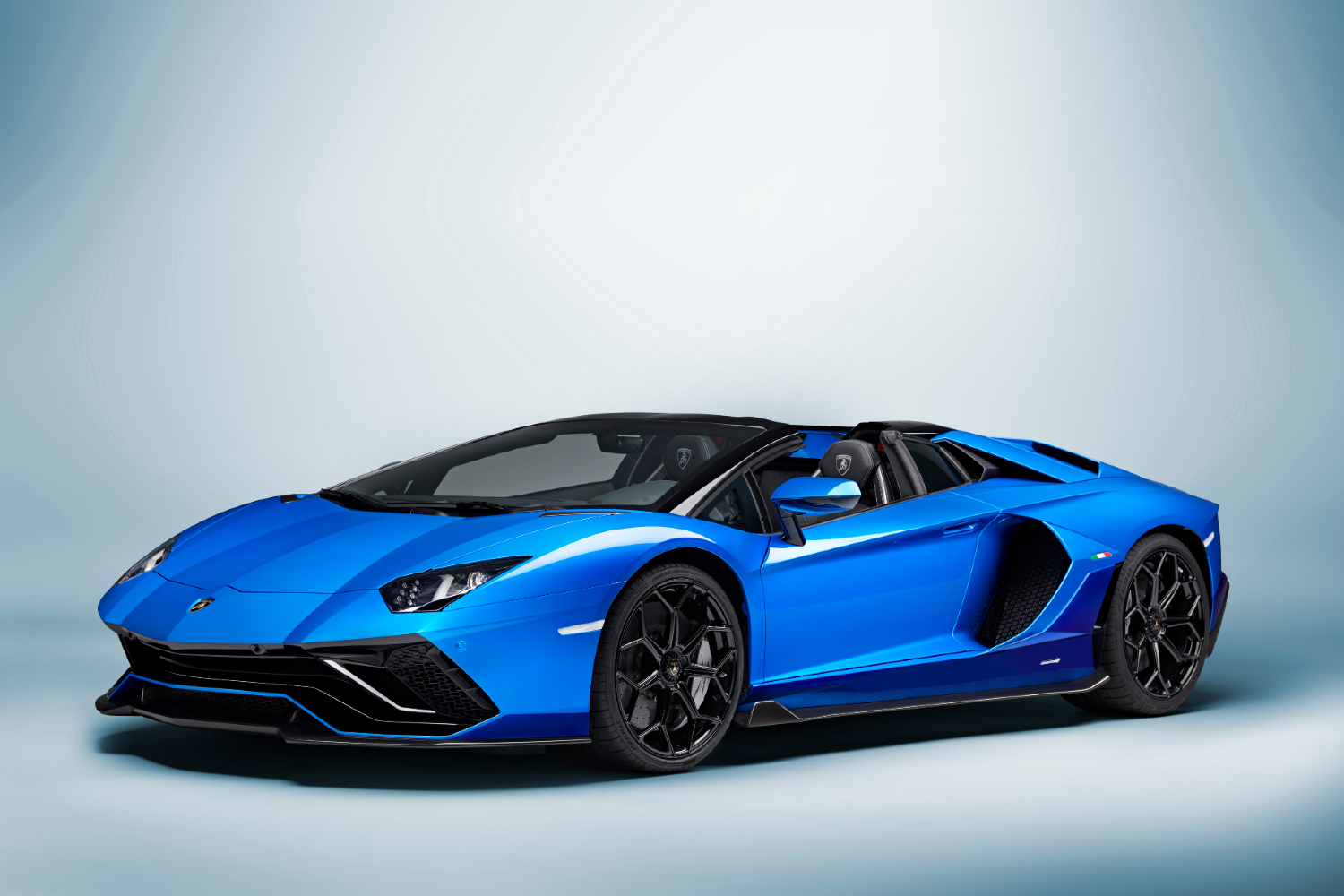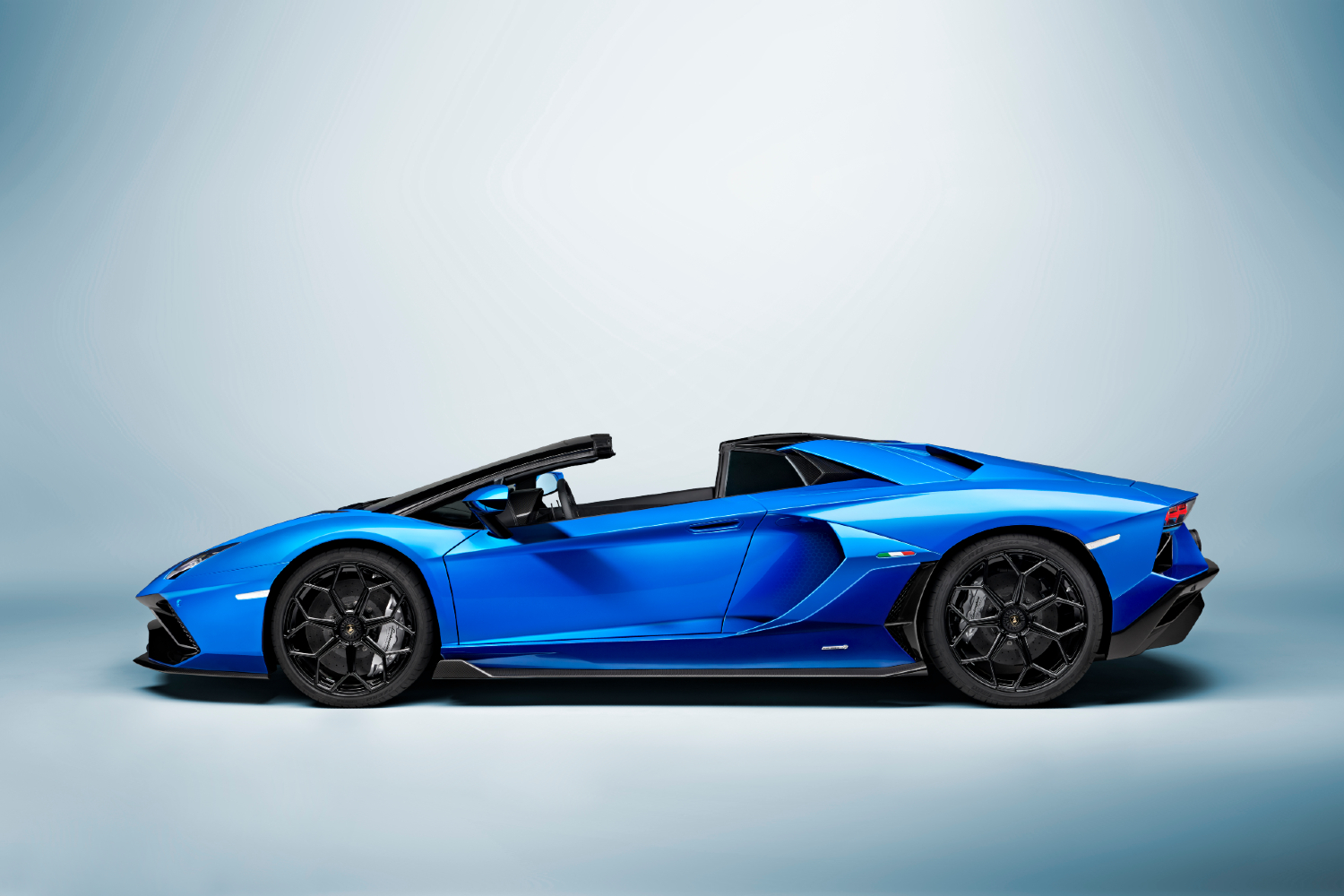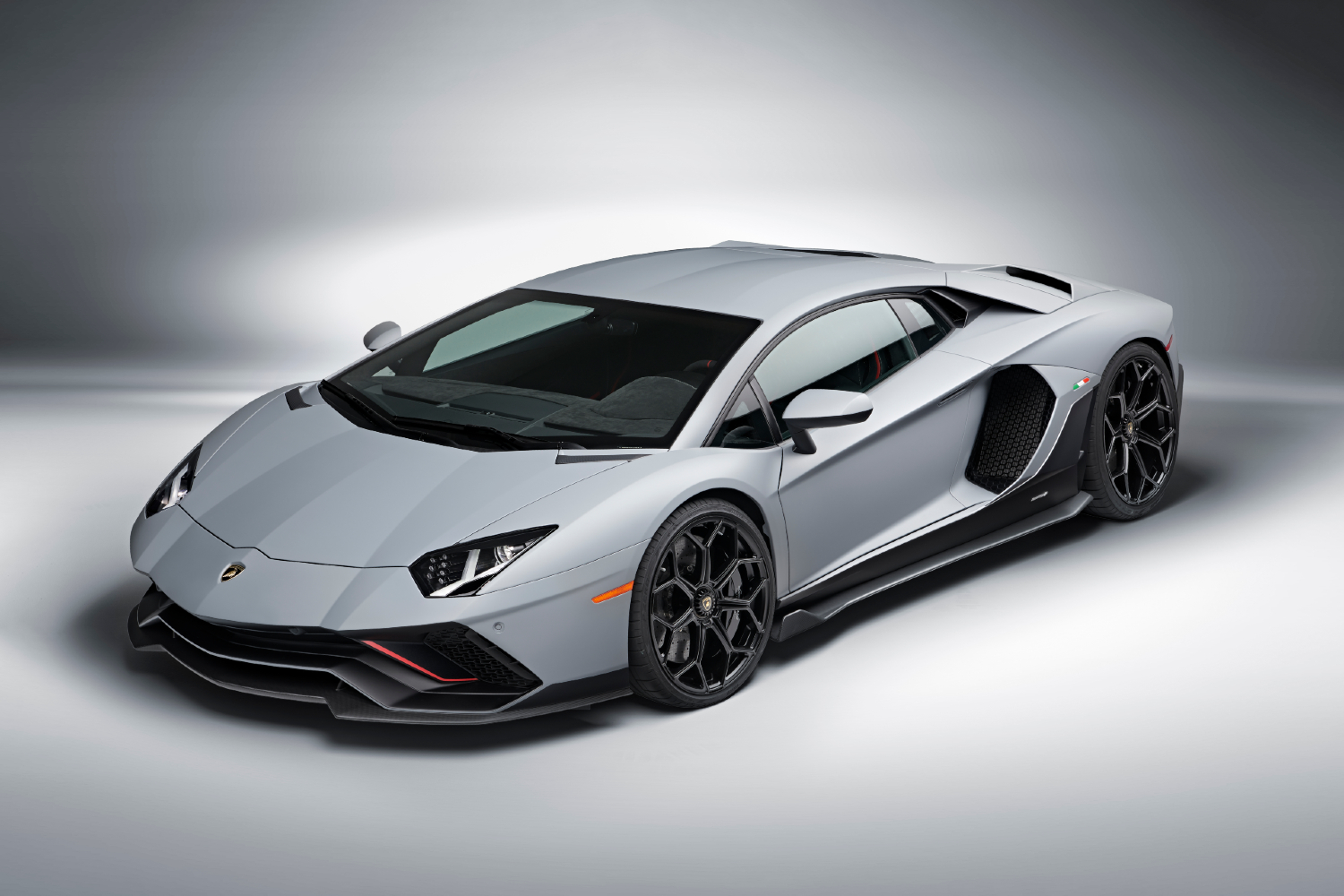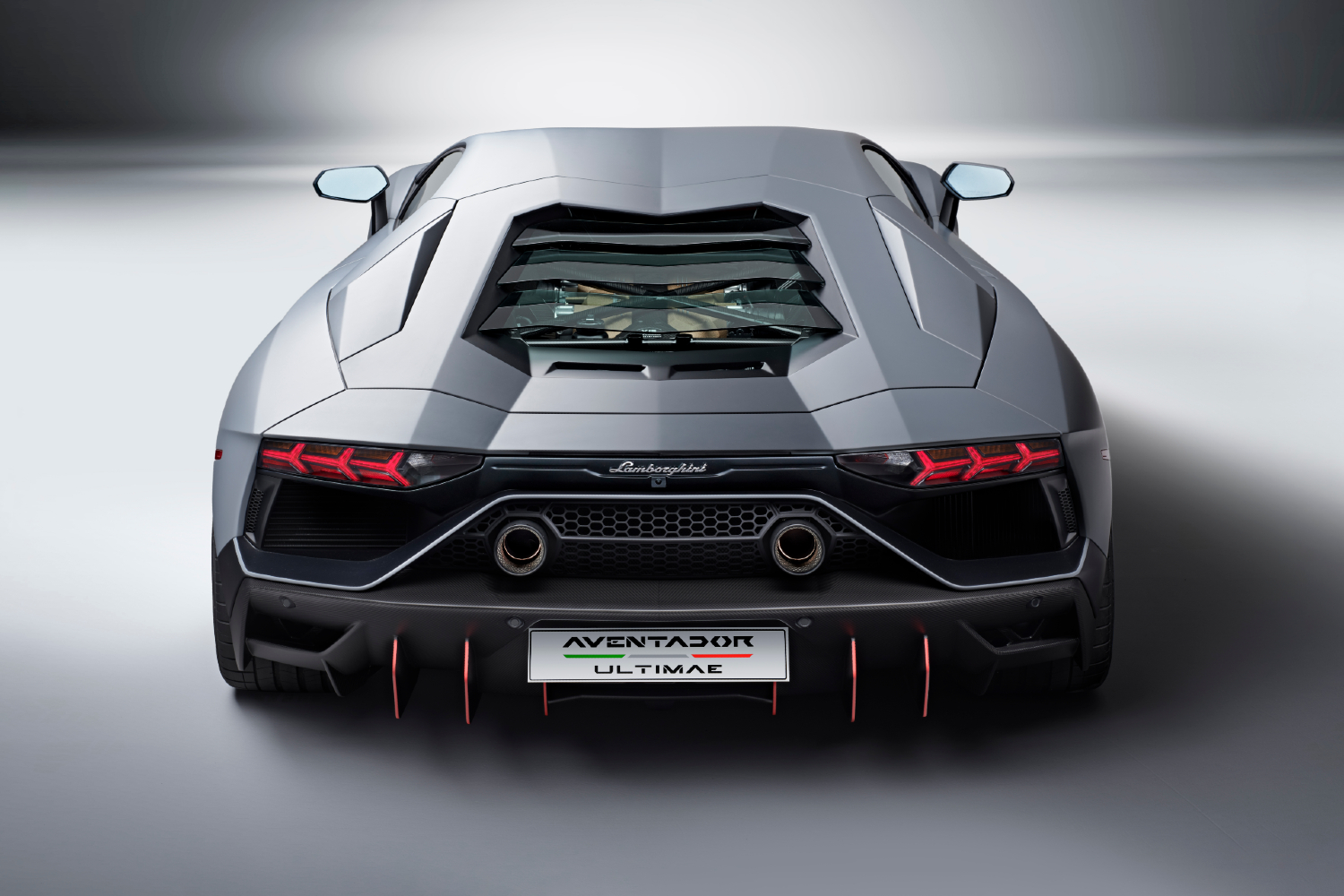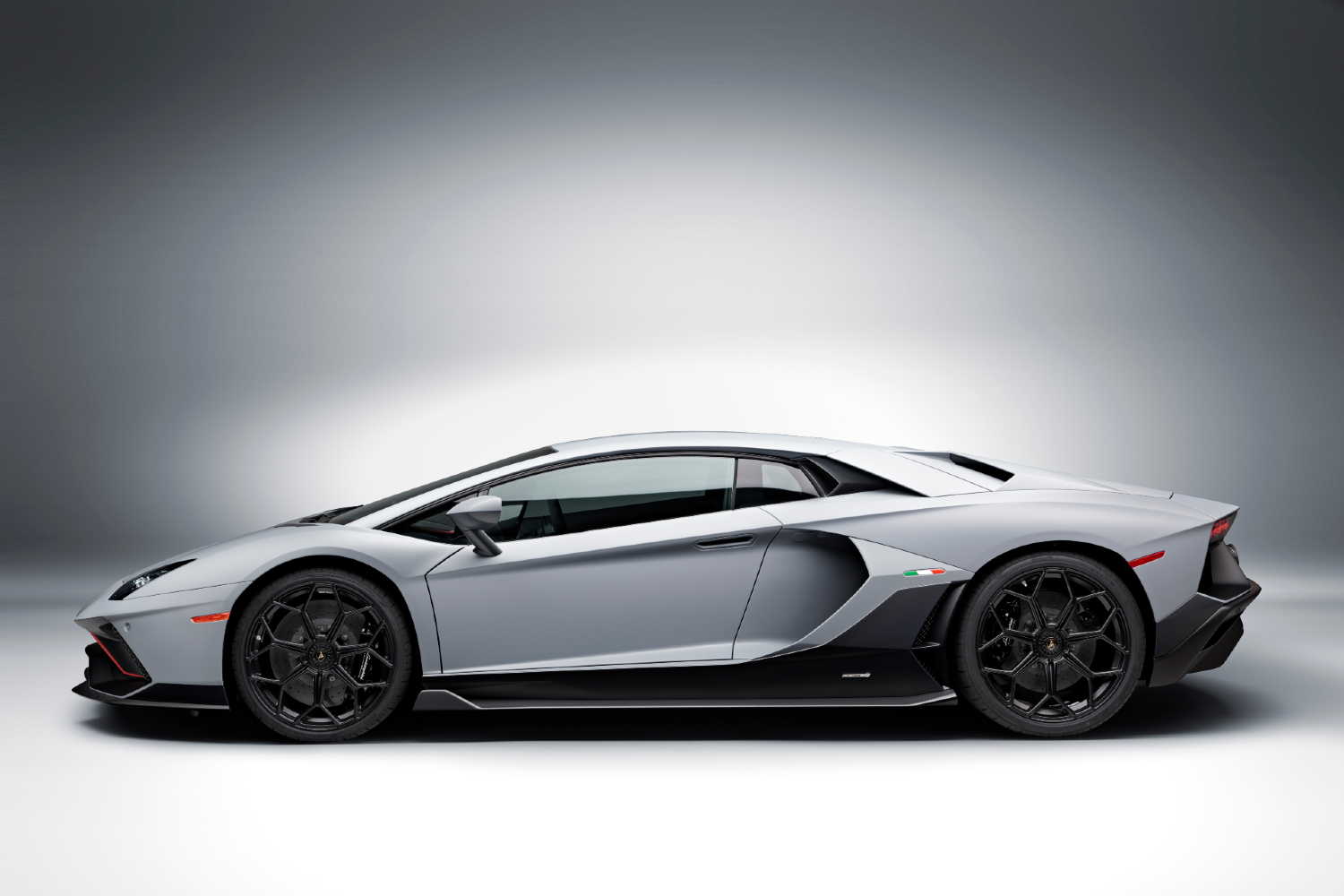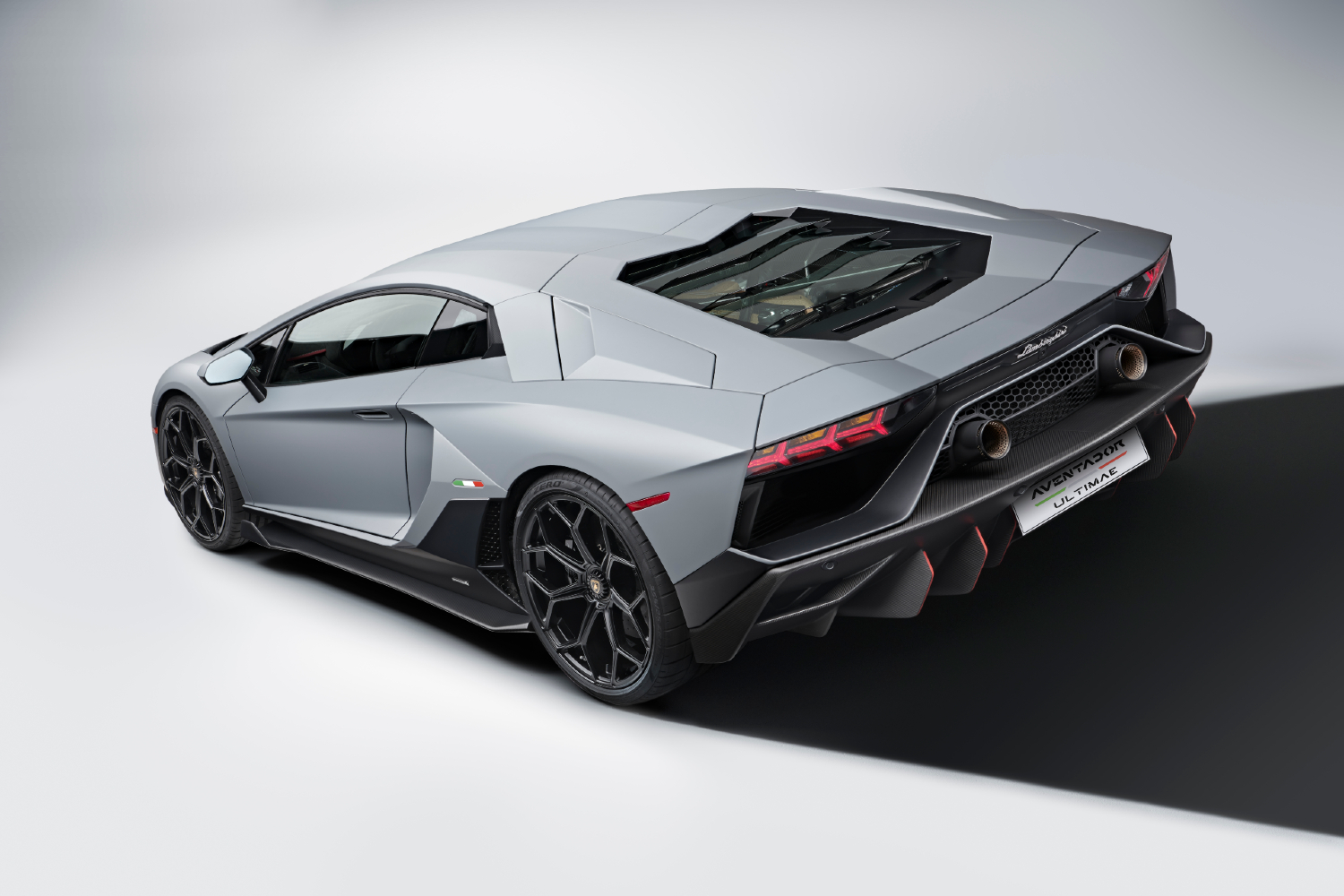Ferrari and McLaren have introduced electrified vehicles as the means of getting every itty bit of horsepower out of an internal combustion engine. Lamborghini, on the other hand, continues to use a naturally aspirated V12 engine in the Aventador. For better or worse, the brand’s halo car is an outdated dinosaur. Just as the dinosaurs watched a meteor pummel Earth to bring on their demise, the Aventador’s death was sealed once emissions regulations forced automakers to move toward electrified powertrains. After 10 long years of being Lamborghini’s flagship hypercar, production of the Aventador is coming to an end. Lamborghini is coming out with a final special edition called the LP780-4 Ultimae to mark the end of the line.
Launched in 2011, the Aventador was one of the more advanced hypercars in Lamborghini’s illustrious history of V12-powered machines. It launched with the automaker’s first all-new V12 engine since 1963 and featured a carbon-fiber tub that was developed with a helping hand from the University of Washington. It also carried the reputation of being a massive vehicle with a V12 in the middle of its body — something only a few other Lamborghinis can lay claim to being. Over the decade, Lamborghini has come out with various editions and increased the vehicle’s performance, but the hypercar’s largest claim to fame is that it simply continues to exist when everyone else has ditched the V12 engine.
Related Guides
Now, onto the last Aventador: The Ultimae. It sounds like the best combination of everything we’ve seen from the Aventador’s past. The 6.5-liter V12 engine has been tuned to make 769 horsepower, which is more than the raucous SVJ. The special edition has also gone on a diet, cutting 55 pounds compared to the Aventador S. With more power and less weight, the Aventador Ultimae promises to be insanely fast. Zero to 62 mph happens in just 2.8 seconds, while the car will hit 221 mph if you have a long enough road.

Obviously, all-wheel drive is included, as is a rear-wheel-steering system that first appeared on the Aventador S. Shifts are handled by a single-speed seven-speed automatic, stopping power comes from carbon-ceramic brakes, and four different driving modes, including one that’s called Ego, are all on the roster.
The Aventador Ultimae features some unique design changes to feel special. The front splitter and rear diffuser are new, while the rear end gets a twin-exit rear exhaust system. Coupe models will be finished in gray and black with red accents, with the roadster wearing a brighter blue-on-blue finish with a few black touches. If you’re not a fan of the color schemes, you can choose from a palette of 18 paint colors and customize the shades of the accents. If those aren’t enough colors, Lamborghini’s Ad Personam division offers a color palette of 300 shades. On the inside, the hypercar gets special Y-shaped inserts and the Ultimae name embroidered on the seats.

Production of the Aventador Ultimae will be limited to just 350 coupes and 250 roadsters. Each one will feature a numbered plaque denoting its position in production. Official pricing hasn’t been announced, but we’re sure these units are all accounted for. That’s how things tend to go with limited-edition hypercars.
With the end in sight, one can’t help but wonder what’s in store for the Aventador’s replacement. We’re sure the days of naturally aspirated V12s are done for with Lamborghini, opening the door for a hybrid powertrain. This will mean better performance and a bright future for the brand, but it’s certainly a sad day for enthusiasts, as it marks the end for one of the more outlandish, old-school hypercars on sale.

